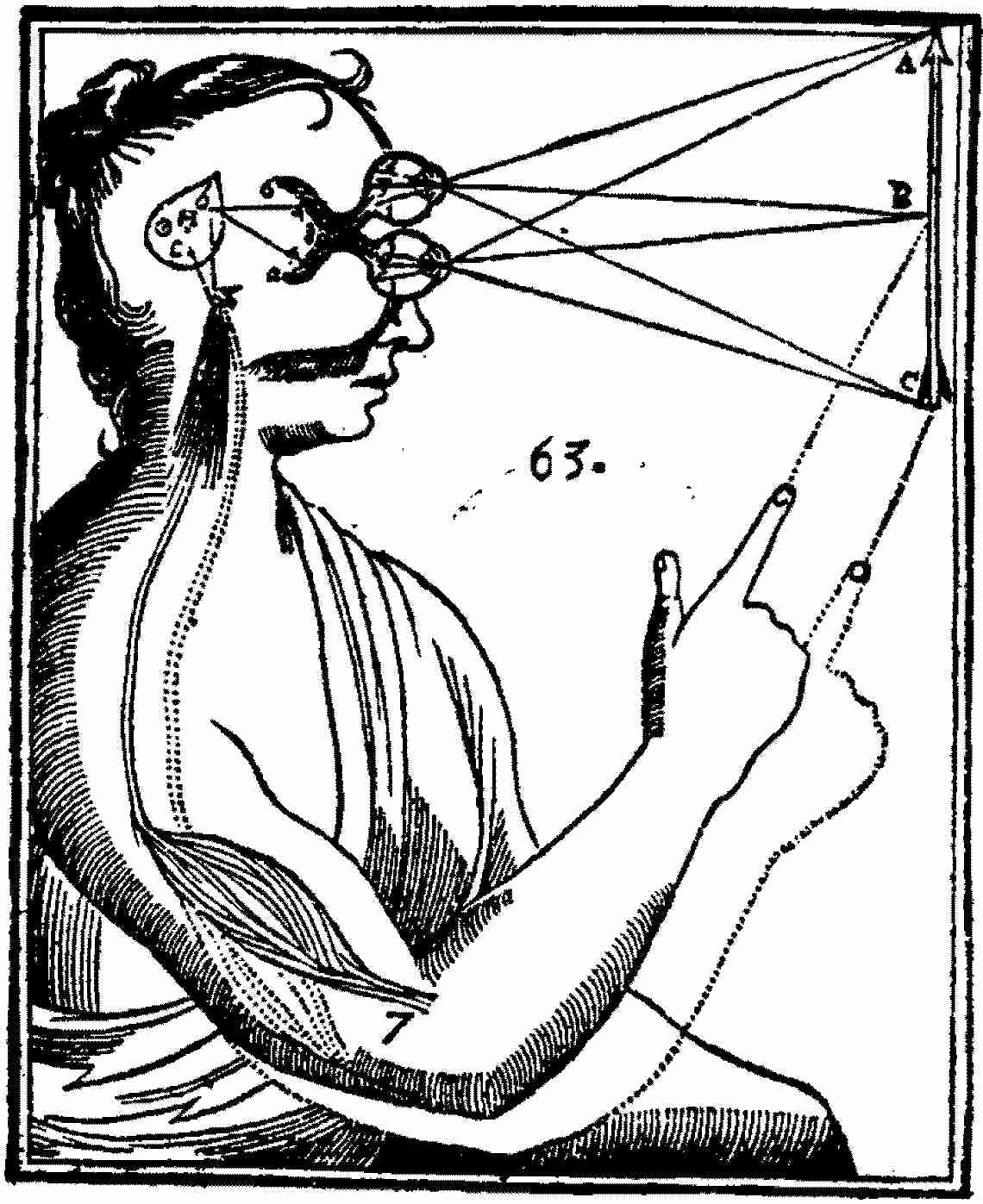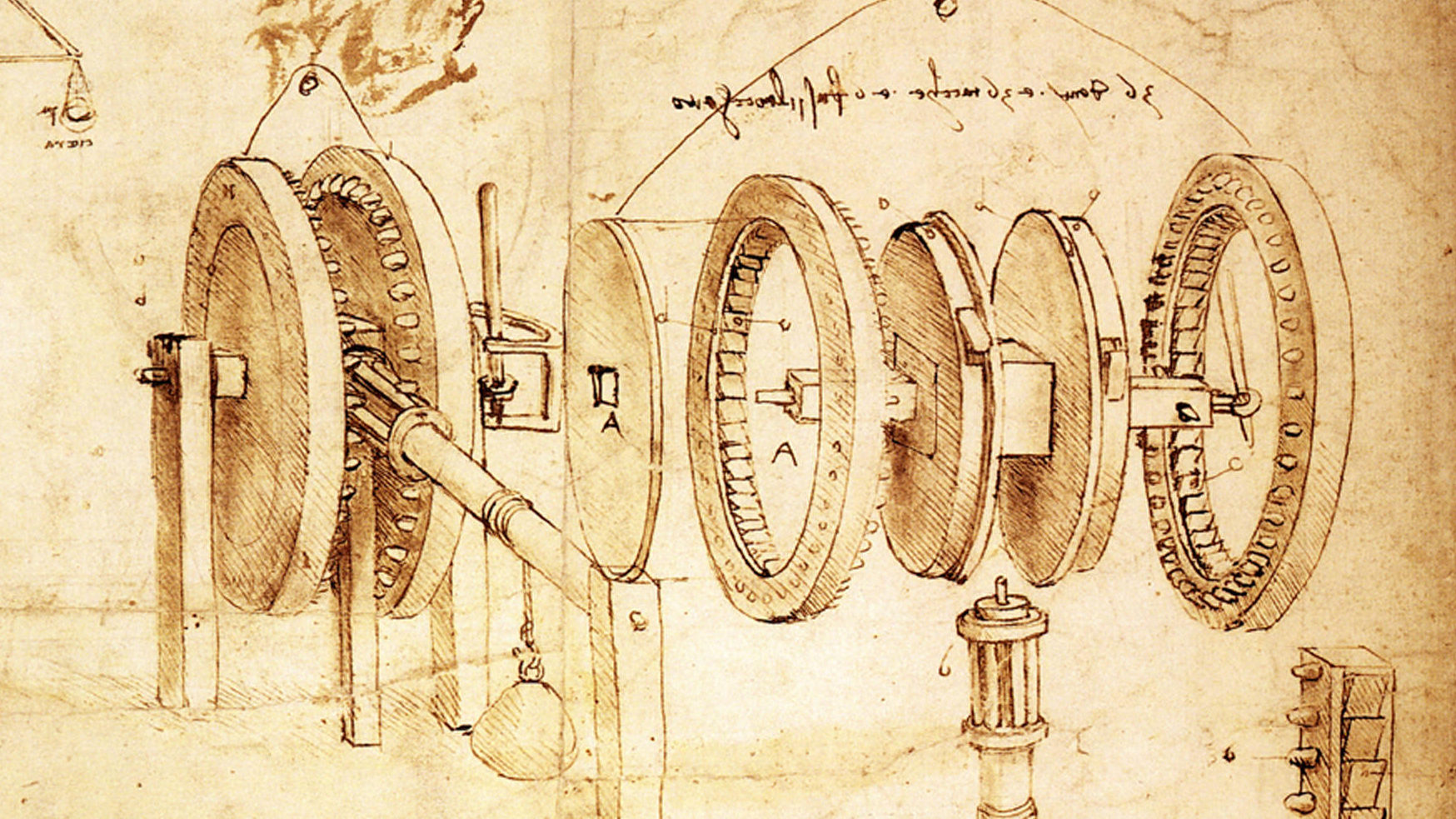If you wish to attend the conference (which will be held via Zoom), please contact Henrik Lagerlund.
Publication: Reconsidering Causal Powers. Historical and Conceptual Perspectives

It is a pleasure to announce that Henrik Lagerlund recently co-edited with Benjamin Hill and Stathis Psillos a volume on the problem of causal powers and its history: Reconsidering Causal Powers. Historical and Conceptual Perspectives (Oxford: OUP, 2021). The papers composing the book cover different periods ranging from Ancient to contemporary philosophy. A striking conclusion following from this collection of papers is the fact that causal powers represent a persisting theme having survived centuries and that the violent rejection of causal powers typical of Modern philosophy was nothing more, in the end, than a mere parenthesis in this history. Informations and table of contents can be found here. We are also glad to say that a conference on causal powers focusing more specifically on the late Middle Ages will be organized here in Stockholm next spring (May 2022).
CFP: Conference “Hylomorphism into Pieces: Elements, Atoms and Corpuscles in the Late Middle Ages”
Call for Papers
Conference “Hylomorphism into Pieces: Elements, Atoms and Corpuscles in the Late Middle Ages (1400–1600)”
7-8 April 2022, hosted by KU Leuven & Stockholm University
Hylomorphism, the doctrine claiming that physical bodies are metaphysically composed of matter and form, was among the most successful, widespread, and influential theories in the later Middle Ages. Yet hylomorphism had its fair share of problems, which gradually arose during the later Middle Ages. In the 17th century, it became common to claim that the principles of matter and form are unnecessary to explain natural processes and the structure of beings. Like many conceptual shifts in the history of philosophy, detachment from the Aristotelian framework was in many respects the final result of a gradual evolution in the way in which matter and form were conceived and applied as speculative devices.
Important aspects of the strong oppositions to hylomorphism in 17th-century philosophy have been object of recent studies. Nonetheless, the story of how this doctrine and its associated concepts proper to Aristotelianism gradually declined in the late Middle Ages still has to be properly assessed, especially in consideration of the fundamental theoretical developments of the 15th and 16th centuries. Organized by Sylvain Roudaut (Stockholm) and Nicola Polloni (Leuven), the conference “Hylomorphism into Pieces: Elements, Atoms and Corpuscles in the Late Middle Ages” aims to fill this gap by studying the major steps of this story from the late 14th century to the late 16th century.
The rejection of hylomorphism as explanatory device for the constitution of natural bodies was drastically facilitated by the influence of competing justifications of the internal structure of bodies. The rediscovery of Lucretius’ De natura rerum in the early 15th century, together with new translations of other materials from Antiquity, generated new ideas about the structure of bodies and the type of explanation required for natural processes. But how were those new theories of matter received and integrated into the still dominant Aristotelian vocabulary of the time in the first place? To what extent did philosophers of the 15th and 16th centuries—including scholastic thinkers—try to reconcile hylomorphism and these new theories of matter?
Another crucial point of discussion is the theme of minima naturalia, which was originally discussed within the scholastic framework and in connection with problems proper to Aristotelian natural philosophy (such as the problems of spatial and temporal limits). But is it legitimate to regard late medieval theories of minima naturalia as corpuscularist or pre-corpuscularist conceptions of matter? To what extent did those theories pave the way for more radical corpuscularist conceptions of nature?
Finally, in Aristotelian natural philosophy, hylomorphism was accompanied by another theory of composition, taking bodies as elemental mixtures—those two types of composition being notoriously hard to reconcile. In what way did atomism affect the relation between those theories and benefitted the bottom-up approach typical of elemental composition? Similar questions can be asked about the notions of act and potency, which were increasingly detached from Aristotelian hylomorphism due to the development of corpuscularist accounts of motion.
With a hybrid format, Hylomorphism into Pieces will take place on 7-8 April 2022 in both Stockholm and Leuven, as well as in anyone’s laptop via Zoom. Interested participants should send their proposal (short abstract and title) to Sylvain Roudaut (sylvain.roudaut[at]hotmail.com) and Nicola Polloni (nicola.polloni[at]kuleuven.be) by 30 October 2021. Acceptance of the proposals will be announced by 15 November 2021. Please contact the organizers for any query you might have.
Medieval Theories of Artifacts
We are pleased to announce that, as part of our project on the mechanization of philosophy in the late Middle Ages, we are currently working on a volume about the medieval ontology of artifacts. The volume, which will include contributions on theories of artifacts ranging from the early Middle Ages to the early modern period, will be published as a special issue of the journal Philosophies. The aim of this volume is to provide a comprehensive view of medieval reflections on the status of artifacts not only in medieval Latin philosophy but also in the Arabic/Islamic, Jewish and Byzantine traditions. We hope that the different papers composing the volume will make it possible to better appreciate how the divide between art and nature evolved in the Middle Ages. If anyone works on the subject and is interested in contributing to the volume, please feel free to contact us. More informations and a detailed blurb can be found here.
Talk on “Models of Finality”
On March 4, Erik Åkerlund gave a talk at a research seminar run by a project on the metaphysics of teleology connected to the Center for Religious Studies at the Central European University. The talk was about Aristotle, Buridan, and Averroes as presenting three different models of finality.
The talk, which was recorded, can be found here. The draft paper, on which the talk was based, can be found here.
Oresme on people in the North
Working our way through Nicole Oresme’s commentary on the Physics (ed. Stefano Caroti et al., Leiden: Brill, 2013), we stumbled across the following little description of people in the North:
‘Iterum, recitat Lincolniensis quod Plinius in naturalibus et <spatium album> <auctor> De mirabilibus mundi et multi alii describentes regiones dicunt quod in quibusdam montibus, ut in montibus hyperboreis iuxta polum, sunt homines habentes aerem saluberrimum et temperatissimum, qui tam diu vivunt quod fastidiunt vitam, et se precipitant in mare a rupibus.’ (bk. I, q. 20, c. 15ra; p. 152, ll. 9–14)
Translation (with some insertions marked by parentheses):
“Also, Robert Grosseteste writes that Pliny in the Naturalis Historia (bk. IV, ch. 89) and (Gaius Julius Solinus in his) De mirabilibus mundi (16.1) and many others describing regions say that in some mountains, as in hyperborean mountains by the pole, there are people who have a most healthy and temperate air, who live for so long that they hate their lives and throw themselves off cliffs into the sea.”
(Thank you, Erika Kihlman, for help with the references!)
This is inserted into a question of whether all beings desire their own “permanence and duration” (to keep on being, that is). The above is supposed to be a counter-example to it.
Might this be a repetition of the stories of the “ättestupa”? These were supposedly precipices where older people, who could no longer contribute to the household, had to throw themselves to their deaths.
Or does the report originate from elderly people practicing cliff jumping in the Nordic countries? In which case this would rather be an example of liveliness and vivacity up to an old age.
We will probably never find out.
Conference in May – List of speakers
We are delighted to announce the list of confirmed speakers for our conference on final causation in the Middle Ages that will take place on May 20-22nd at Stockholm University:
Erik Åkerlund (The Newman Institute, Uppsala, Sweden)
Henrik Lagerlund (Stockholm University, Sweden)
Kamil Majcherek (University of Toronto, Canada)
Peter Myrdal (University of Turku, Finland)
Robert Pasnau (keynote speaker, University of Colorado Boulder, USA)
Jenny Pelletier (KU Leuven, Belgium)
Thomas Pink (King’s College London, UK)
Stephan Schmid (Universität Hamburg, Germany)
Cecilia Trifogli (University of Oxford, UK)
Valtteri Viljanen (University of Turku, Finland)

